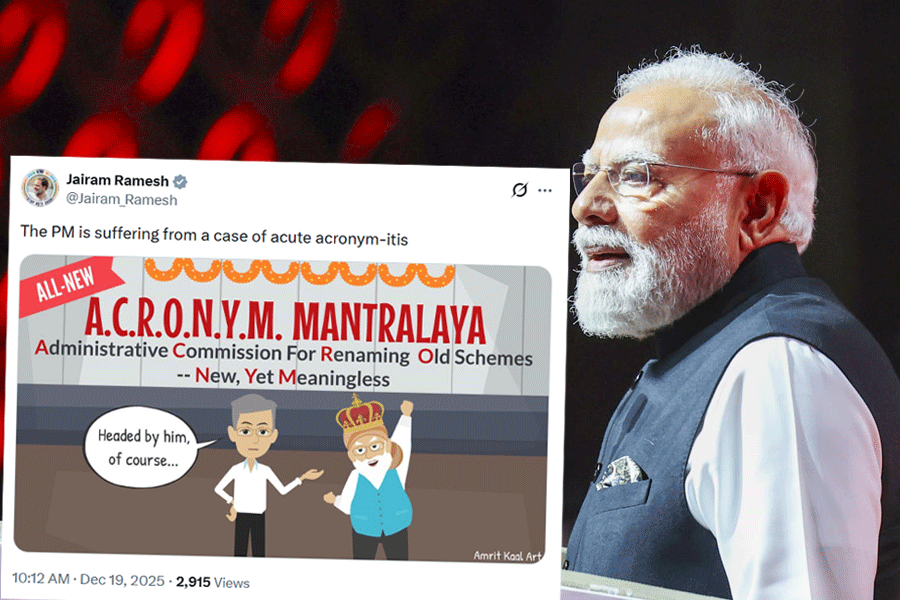Five years of the National Education Policy 2020 should show the direction in which it is going. It is an ambitious policy for an overhaul of the education system, both school and higher education. The emphasis is on inclusive, multidisciplinary, digitally competent, future-ready training, with the introduction of Indian knowledge systems. One target was 100% foundational literacy and numeracy by Standard III in 2025. Setting targets is part of the learning-outcomes-based policy. But the Annual Status of Education Report 2024 shows that only 48% of Class III students have reached age appropriate reading fluency. PARAKH Rashtriya Sarvekshan had found that 43% of Class VI students cannot grasp the main ideas in a text and 54% cannot compare whole numbers or read large numbers. Flawed age-appropriate achievement levels are symptomatic of an inner failure. Given that increased enrolment is one of the triumphs of NEP 2020, this suggests that more emphasis needs to be given to actual learning rather than the numbers being reached.
The five pillars of the policy are access, equity — support for disadvantaged groups — quality — multidisciplinary education urging critical thinking, experiential learning and creativity — affordability — free and compulsory education from age three to 18 and accountability — all stakeholders are accountable for learning outcomes. These are noble ideals; yet certain contradictions appear. The ideas of equity and affordability do not chime together, for example. The NEP’s idea of cluster schools to share resources would not help schools in remote areas. Its emphasis on digital learning, again, is a bar to equity. Vocational training is now part of the mainstream up to the undergraduate level, yet cultural resistance and the resistance of higher education institutions marginalise it. These are only some of the ways in which NEP 2020 betrays itself. Its three-language formula is being resisted by certain states, either to prevent the influx of Hindi or in fear that it will hurt some regional languages. The ideal of private-public partnership for services and education-focused technology, too, has created fears of the privatisation of education, again sabotaging equity. The main problem perhaps goes deeper. That only some states have adopted the NEP, that too partially, shows up the problem of trying to centralise education and standardise language study and curricula. For a country with diverse regional needs, education at all levels must be infused with autonomy for the best results.











